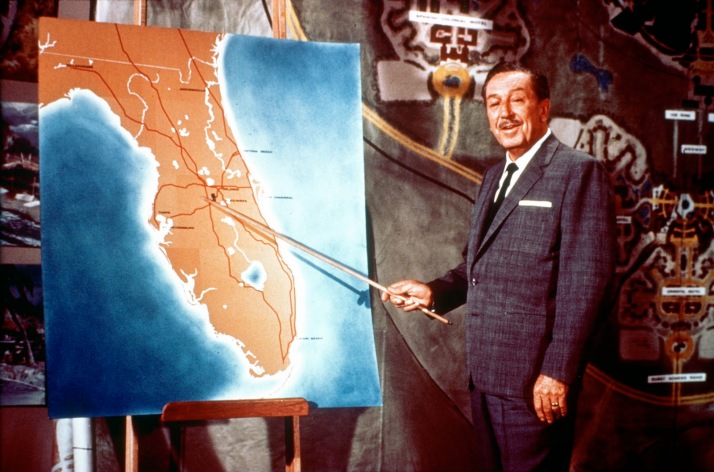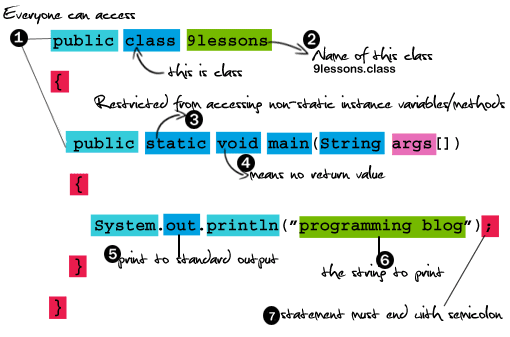Core ideology consist of:
- Purpose — A goal that is never fulfilled. A guiding star.
- Values — It isn’t about having the best values or copying other’s values, but about being true to your own values. Values must be authentic. Doesn’t have to be unique but has to be your own. Values are non-negotiable.

Walt’s Purpose: Bringing happiness to millions.
Walt’s Values: Walt was a deeply spiritual individual who held the importance of American and Family values above all else. He spent the rest of his life pursuing an ideal — that of clean wholesome family entertainment.
Innovation
o We follow a strong tradition of innovation.
Quality
o We strive to follow a high standard of excellence.
o We maintain high-quality standards across all product categories.
Community
o We create positive and inclusive ideas about families.
o We provide entertainment experiences for all generations to share.
Storytelling
o Every product tells a story.
o Timeless and engaging stories delight and inspire.
Optimism
o At The Walt Disney Company, entertainment is about hope, aspiration and positive resolutions.
Decency
o We honor and respect the trust people place in us.
o Our fun is about laughing at our experiences and ourselves.
Walt’s advice on finding your passion:
When you believe a thing, believe it all the way, implicitly and unquestionably.
We didn’t go into Disneyland with just the idea of making money. We did it in the knowledge that most of the people I talked to thought it would be a financial disaster — closed and forgotten within the first year. When we opened Disneyland a lot of people got the impression that it was a get-rich-quick-thing, but they didn’t realize that behind Disneyland was this great organization that I built here at the studio. And they all got into it and we were doing it because we loved to do it.
When you’re curious, you’ll find lots of things to do. And one thing it takes to accomplish something is Courage.
If you can dream it, you can do it.
Walt’s top 5 rules for success (simplified down from 10):
- Invest in knowledge. First thing Walt did when he got some money was put all his artist back in school. Set up his own art school since art school back then didn’t have what he was looking for (movement, action, reaction).
- Know your goals. Walt dedicated a whole room to sketching out the plan and layouts of Disney World. Everything in that room may change time and time again but the basic philosophy will stay the same — He know what his purpose and values are and what he hopes to accomplish.
- Try it on a small scale first. When Walt dreams of new ideas for Disneyland, it takes shape in forms of blueprints, scale models, and drawings.
- Experiment. Brought some kittens into the studio and let them play while the artist made sketches and collected ideas for the kitten’s story. Lead to the producing of the Academy Award Winner — Three Orphan Kittens.
- Daydream. Disneyland was conceived from a dream — a dream that grew into a reality.


